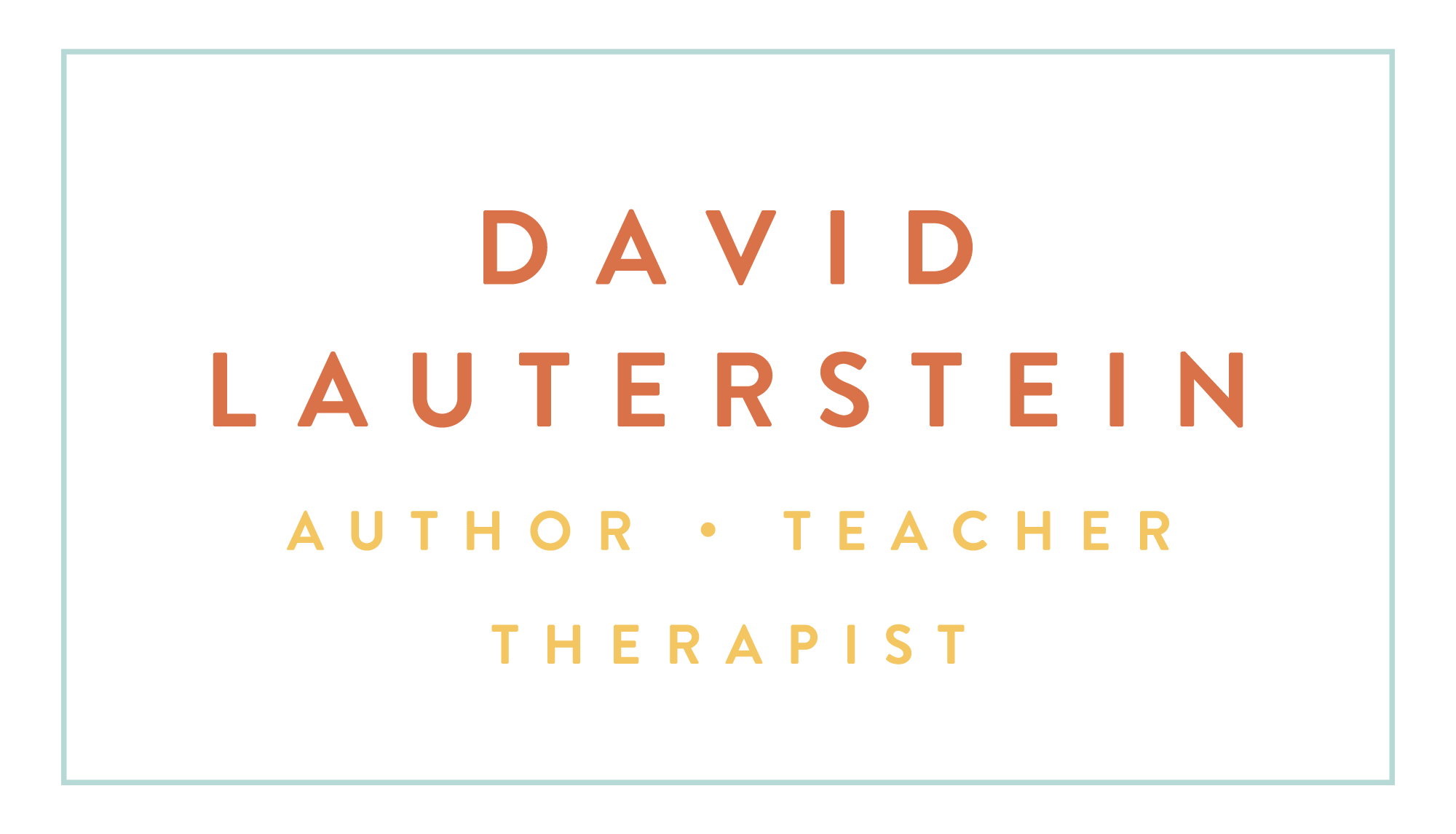RECLAIMING THE COUCH: THE MAGIC OF HORIZONTALITY
When I first taught in England, I was a little taken aback that over there what we call a massage table here in the U.S., they call a “couch”. My associations with “couch,” as a casual piece of household furniture, didn’t match. But, over time, I have been more and more intrigued by the couch, one reason is its early, crucial role in psychiatry.
Freud first encountered the therapeutic use of the “couch” in his study of hypnosis in Paris in the 1890’s. Commonly patients would lie down and the therapist would attempt to induce a trance state. However, some patients just preferred to talk. At first Freud resisted their talking. But then he realized if he just listened, let people relax and talk, eventually they would let go of their defenses and reveal their unconscious. This method, involving free association, resulted in psychoanalysis being called “the listening cure” and to be associated with lying on a couch.
Freud’s couch (from Freud Museum, London)
“Freud’s couch was a present from a patient, a Madame Bevenisti, around 1890. The richly detailed carpet on top, which Freud himself added, hides a rather plain body, with a rough wooden frame, piled with embroidered cushions. He had this couch shipped to his last home in London from Vienna after fleeing the Nazis in 1938.”
“Most new therapies in the world do not get assigned their own piece of furniture, but this one did – the couch. The couch became thought of as an essential instrument in Freudian psychoanalysis. The couch was central to the idea of getting to the unconscious. You’re staring up; you’re staring into yourself; you’re looking inside, rather than outside. The couch helps the patient relax and open up and understand their unconscious conflicts and inhibitions.
The couch revolutionalized how we understand the human mind. It came to symbolize an invitation to open your mind, to let someone see inside. It’s a reminder that we have the ability to reveal ourselves. It’s irresistible; it’s like a magic carpet.
Beyond creating a vocabulary of the mind, Freud gave us a place to rest, to feel at ease, to share our desires, our inhibitions, our dreams; a place just to lie down and talk.” (excerpt from “99% Invisible” - “Freud’s Couch”)
In the 1960’s, less lengthy, more interactive psychotherapies became more popular. The couch was largely replaced by seated work with patient and therapist facing each other.
Nonetheless, this story reveals important common elements shared by psychoanalysis and massage therapy - the couch, the therapist’s largely listening and, most of all, the power of relaxation to allow for inner healing that may be facilitated by simply lying down.
The magic and comfort of horizontality itself have been taken for granted in our field. But recall, each night when you first lie down on your bed, the deep sigh of relief that often accompanies relaxing from the tensions of being largely vertical all day long.
Ida Rolf famously said, “Gravity is the therapist,” by which, among other things, she meant that we experience balance by the way we relate to and move within the vertical forcefield of gravity. Gravity lets us know when we are “out.” However, in massage therapy, it is also true that “Anti-gravity is the therapist,” or one might say “Grace is the therapist.” On the massage table/couch, we experience how lying down frees us from the efforts of supporting ourselves in the gravitational field, thus relieving most physical tension, and often results in the lightening of emotional and mental tension as well.
When we are conscious of harnessing the power, freedom and grace of horizontality, we and our clients can more consciously enjoy the existential leverage afforded us by horizontality. Clients can freely associate on this magic carpet that the table/couch may become. Here they have the invitation to open up to themselves. If we therapists will just listen and look closely, opening our own minds, hearts and bodies, we often witness their having an inner experience of letting go, self-revelation, sometimes transformation.
The ability to self-evolve in one lifetime is the most precious, unique gift of being human. Massage therapy can empower this gift within each treasured person we see. May you and all your clients enjoy a new appreciation for the body and soul lightening power of just lying down and letting go as well as a acknowledgement of the wonderful therapeutic instrument we have sometimes taken for granted, the couch.
Note:
I have, in the preface to my collected book of texts, “The Art of Massage: Ways of Touching”, recounted a session in which the couch/massage table became an altar. Here is the link to that preface.

